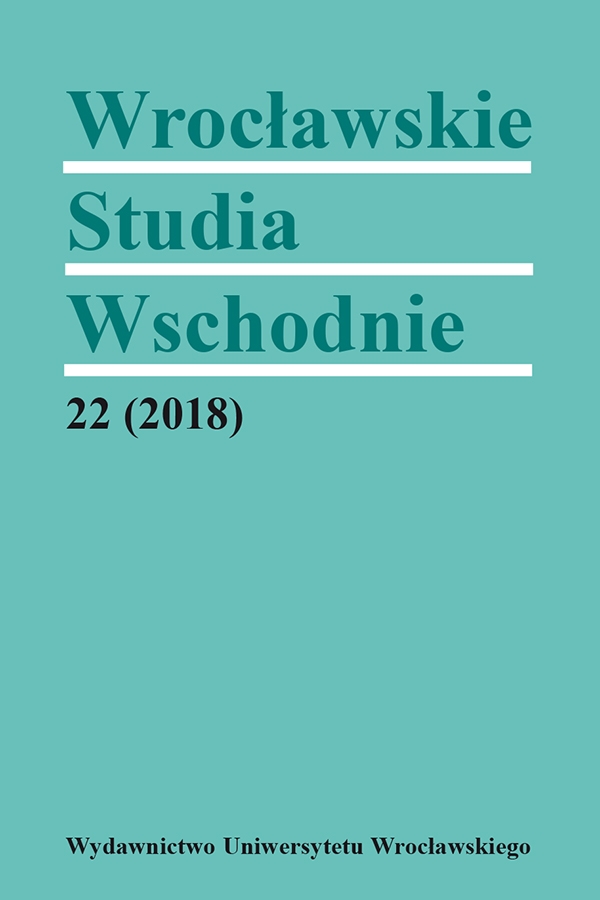

Artykuły

Очерк о визуальной истории семнадцативекового Смоленска
История Смоленска до сих пор была представлена главным образом политической историографией, отсутствуют исследования визуальной истории этого средневеко- вого города, называемого воротами Руси либо Литвы. Важной датой в политической истории Смоленска был 1514 год — взятие города Москвой. Значимую визуализацию этого события представил художник, находящийся под влиянием Лукаса Кранаха около 1530 г.. Следующей была картина Яна Матейко 1862 г.. В 1611 году Смоленск вернулся в состав польско-литовского государства. Это привело к развитию мемуарной литературы, чеканке медали, инспирацией для развития изобразительного искусства. Успешная защита Смоленска во время московской войны 1632–1634 не только отраз- илась в искусстве, но также послужила прообразом одной из миссий компьютерной игры Казаки: европейские бои 2000. Роль Смоленска во время войны Речи Посполитой с Москвой в 1654–1667 гг. учли создатели другой компьютерной игры Mount & Blade: Огнем и мечом. Дикие поля. В XVII веке бои за Смоленск представил генерал костюшковской армии, хронист Юзеф Копец. Новейшая история Смоленска сложна и заслуживает отдельного исследо- вания. Глубокого исследования заслуживает как тема визуальной истории этого города, так и тема войн Речи Посполитой с Россией.
An outline of the visual history of 17th-century Smolensk
The history of Smolensk has so far been presented mainly by political historiography, with scholars failing to study the visual history of this medieval city, described as the gate to Russia or Lithuania. A significant point in the political history of Smolensk was the year 1514 and the seizure of the city by Muscovy. An important visualisation of the event was presented around 1530 by an artist influenced by Lucas Cranach and then by the Polish painter Jan Matejko in his 1862 painting. Smolensk returned to the Polish-Lithuanian Commonwealth in 1611, which became an impulse for memoir writing, minting of a medal as well as an inspiration for fine arts. The successful defence of Smolensk during the Smolensk War of 1632–1634 was not only echoed in the arts but also became an inspiration for one of the mission in the computer game Cossacks: European Wars from 2000. The role played by Smolensk in the war between the Polish-Lithuanian Commonwealth and Muscovy in 1654–1667 found its reflection in another computer game, Mount&Blade: With Fire and Sword. Wild Fields. The 17th-century battles over Smolensk were described by the Kościuszko general and diarist Józef Kopeć. The most recent history of Smolensk is complicated and deserves a separate study. Both the visual history of the city and the wars between the Polish-Lithuanian Commonwealth and Russia deserve more extensive research.